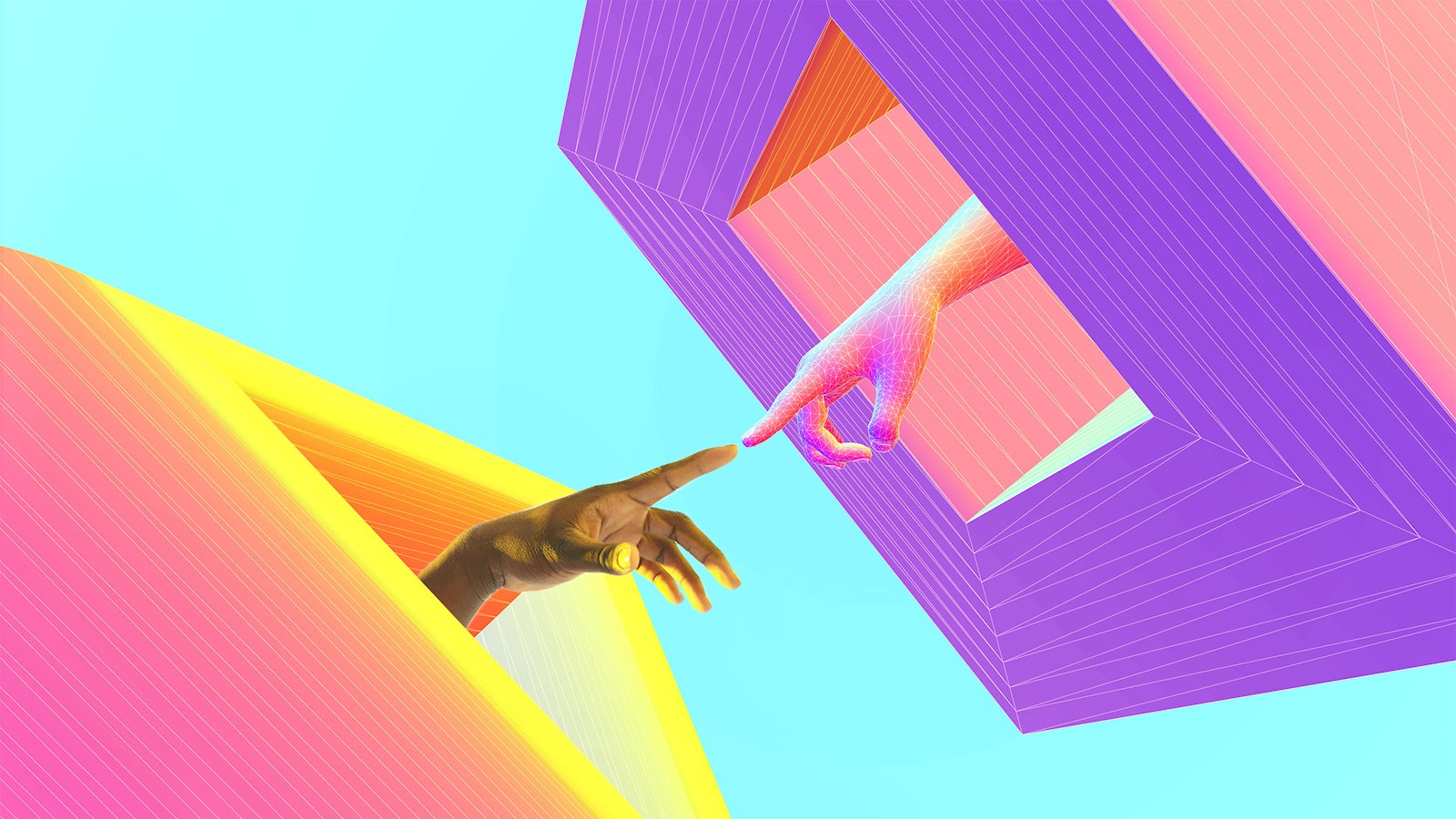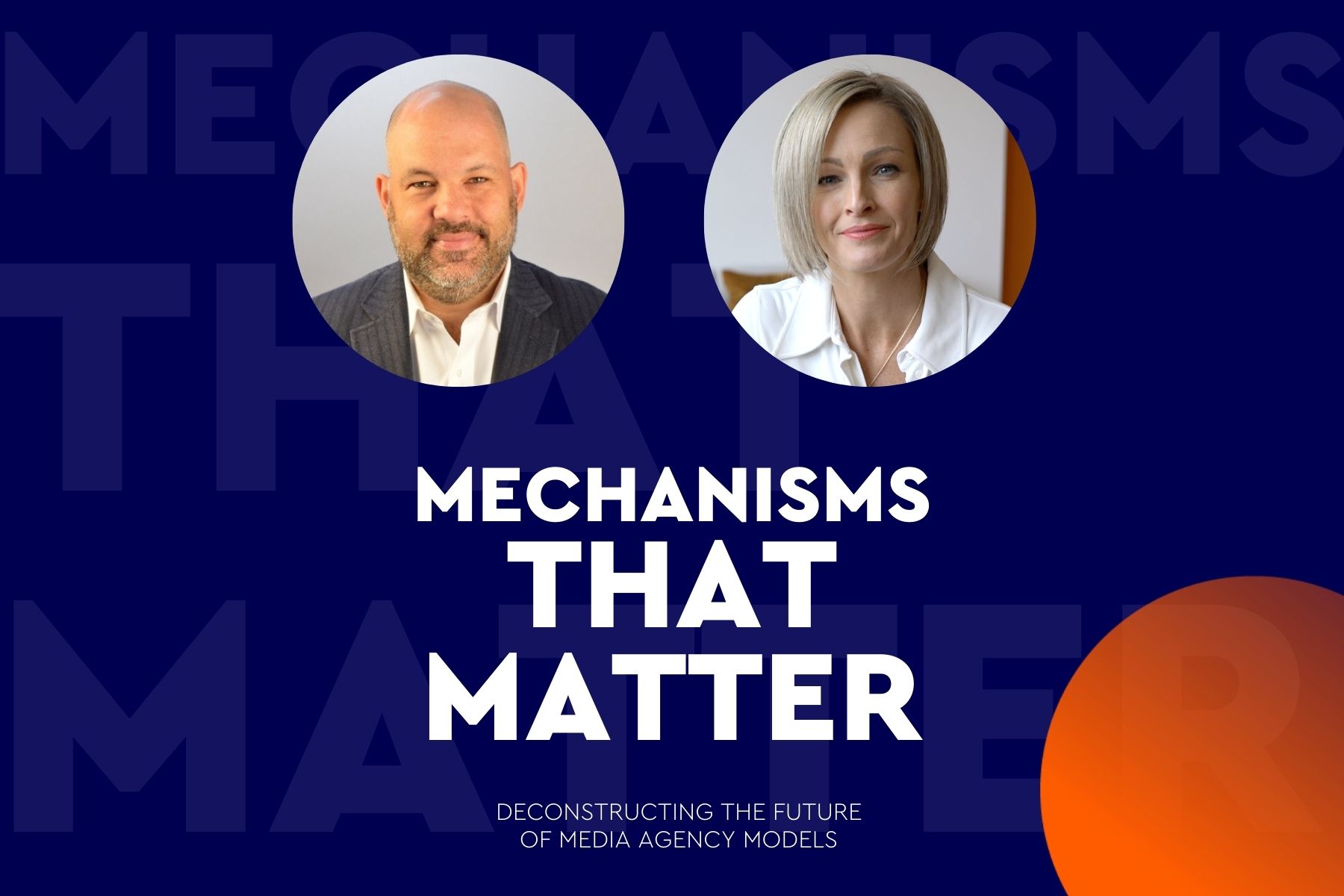
Radical reconnection: the new brand KPI
The most powerful thing brands can do now is to bring people together, says Marie Stafford of WPP's Wunderman Thompson Intelligence
Society faces challenges that demand cooperation and mutual support. Recognising and nurturing our interdependence has never more crucial. By rebuilding community, brands have a powerful opportunity to deliver positive impact at the individual and the societal level. Through ‘radical reconnection’, brands embrace their accountability for fulfilling the human need for belonging.
The crisis of connection
In the wake of the pandemic, the world saw an upsurge in community spirit as digital communities and support networks were mobilised, mutual aid groups proliferated, and neighbourhoods pulled together to care for one another. Just three years later, community is in crisis.
In a survey of adults in China, the UK and the US conducted for the Wunderman Thompson Intelligence trends report ‘The Age of Re-enchantment’, 85% agree that people seem to have less time for one another these days. Lives have become ruthlessly focused on efficiency. The borders of work and leisure are porous. Two-thirds say the technology that clamours for our attention is ‘making us feel more detached from the real world’. Compounding this, many of the very spaces that would foster community are in long-term decline: public libraries, community centres, play spaces and public houses.
People are feeling this loss of community spirit, especially in more individualistic societies. In the US and the UK, more than six out of 10 people agree that “there’s no sense of community anymore” compared with four out of 10 in China. Loneliness is on the rise too: in our survey, four in 10 say they feel lonelier now than they used to. The link between social connection and human wellbeing is well established and now the world faces a mental health crisis, with more than 1bn people affected.
Community: the ultimate brand KPI
“The fundamental social challenge of the era is how to rebuild community that has been lost,” says Dacher Keltner, Professor of Psychology and author of ‘Awe: The transformative power of everyday wonder.’
By embracing radical reconnection, brands can rise to this challenge, designing experiences, rituals and tools that foster community and help people feel a sense of belonging. Radha Agrawal, founder of the wellness community, Daybreaker, tells us this should now be the ultimate brand KPI. “The biggest opportunity that brands have is getting people to connect with each other,” says Agrawal, adding: “How can this brand serve a community as a collective rather than the individual inside of a community?”
In ‘The Age of Re-enchantment’, our trends explore several avenues for radical reconnection. Here we outline three opportunities for brands.
1. Offer collective effervescence
Why would IKEA want to host a rave? At Milan Design Week in 2023, the furniture retailer did just that: taking over a warehouse, installing the requisite DJ and lights, and even drawing the attention of the police for the full authentic experience.
The answer lies in collective effervescence, which describes the harmonious energy released whenever people enjoy a shared purpose. It’s why we form fandoms, dress up for the Barbie movie, and passionately engage with live sport or music. Moments when our focus moves away from the self, and we feel connected to something bigger, are transformational and a powerful driver of wellbeing.
Brands can nurture transcendence via experiences that shift the lens away from the self and transport audiences together like this. Take Radha Agrawal’s business, Daybreaker. It is built on the very concept of collective effervescence, hosting morning communal dance events that bring people together to shake off their worries and experience the joy of shared humanity.
2. Adopt collective-first thinking
In South Korea, the concept of ‘heung’ means ‘collective energy and utmost joy’. It’s central to culture and a defining feature of K-pop fandoms, but efforts are underway to embed these ideals more widely. Neet People, a not-for-profit, was created to prevent young unemployed people from feeling isolated. Its community space provides a focal point where people can connect and support each other, while walking events offer bonding opportunities.
Brands are starting to embed collective-first thinking into their organisations too. Community-powered tourism platform Fairbnb, which expanded from Italy, Spain, France, Portugal and Belgium to the UK in February 2023, only promotes hosts who are truly embedded in their local communities, while a percentage of every rental fee is donated to a local community project.
3. Unleash the joyconomy
Increasingly people are calculating the emotional value brands add to their lives, with 61% of people expressing a desire for brands to help them feel intense emotions. Psychologists say that experiencing certain positive emotions can change us, for the better. Feeling a sense of fun and joyfulness for instance, is a key contributor to wellbeing, encourages prosocial behaviours and even makes people behave more altruistically.
Joy was the cornerstone for the Nigerian-British designer Yinka Ilori’s first colourful holiday season pop-up store in east London. It was designed to instil optimism in visitors and to explore ways to help people connect. The exuberant and colourful store interiors played host to a slew of community-centric events, from a basketball signing to a game tournament.
Radical reconnection: what it means
Stronger community and belonging provide routes to better individual and collective wellbeing by nurturing a prosocial mentality. By helping people find their way back to one another, brands can pave the way for more resilient and collaborative communities, equipped to face the complex challenges of the future.
The following people contributed to the research which drives this piece: John O’Sullivan, Sarah Tilley, Jamie Hannah Shackleton, Francesca Lewis, Carla Calandra.
published on
30 November 2023
Category
More in Communications

Rebranding cancer: how brands heal and hurt
Along with consumer brands, the ‘brand’ of condition or event influences us.

Mechanisms that Matter – Inside WPP | Ford’s revolutionary marketing model
How a process created on the factory floor over 70 years ago has transformed ops for the auto giant

How to build your brand in-game
A new research report from WPP and SuperAwesome

